Do you have a question about the Trane Symbio 800 and is the answer not in the manual?
Defines the three types of advisories: WARNING, CAUTION, and NOTICE, and their meanings.
Discusses the scientific research on chemicals affecting the ozone layer and Trane's advocacy for responsible refrigerant handling.
Outlines Trane's commitment to responsible refrigerant practices and regulatory compliance for technicians.
Highlights hazards of improper field wiring and grounding, emphasizing compliance with electrical codes.
Mandates the use of appropriate PPE to protect against electrical, mechanical, and chemical hazards.
Details immediate inspection upon unit receipt to protect against transit loss and damage.
Instructions for inspecting the exterior for shipping damage and verifying unit data against the sales order.
Guidance on inspecting for concealed damage after delivery, including steps for discovery and reporting.
Advises notifying the sales representative before arranging unit installation or repair.
Provides recommendations for storing the unit in a level, dry location and preventing condensate formation.
Specifies minimum operating and service clearances for proper unit function and peak efficiency.
Details the components of roof curbs and guidelines for their installation and integration with ductwork.
Explains the location of the main supply power entry and the recommendation for installing a pitch pocket.
Provides critical safety instructions and procedures for rigging and placing heavy units, ensuring proper lift and balance.
Summarizes essential installation steps, including unit inspection, clearances, roof curb, ductwork, and pitch pocket.
Describes the unit's modes of operation: Stopped, Auto, Occupancy, and Timed Override.
Explains various sources of occupancy and how they affect unit operation and status.
Defines different occupancy states: Occupied, Unoccupied, Occupied Bypass, and Occupied Standby.
Details the function allowing temporary override of unit operation from unoccupied to occupied mode.
Explains a secondary feature of wired zone sensors for initiating Neuron ID and Program ID message broadcast.
Provides performance curves for supply fans, detailing static pressure vs. airflow for various motor sizes and RPMs.
Guides on measuring and verifying operating pressures against provided charts for system stabilization.
Details the adjustment and verification of exhaust, outside air, and return air dampers for proper operation.
Provides critical safety notices and step-by-step instructions for compressor startup procedures.
Outlines procedures for attaching gauges, measuring pressures, and charging refrigerant for proper system operation.
Warns about hazards from UV radiation and high voltage, emphasizing power disconnect and PPE.
Guides on identifying and replacing compressor circuit breakers by referring to the nameplate and manufacturer.
Explains motor overload protection for fans, emphasizing factory settings and potential tripping causes.
Provides instructions for inspecting, replacing, and tensioning supply fan belts to ensure proper operation.
Details the process for replacing scroll compressors, including oil return and suction line filter drier installation.
Recommends methods for evacuation, dehydration, and leak testing of the R-410A refrigerant system.
Highlights warnings regarding R-410A refrigerant pressure and handling, emphasizing proper equipment usage.
Provides guidance on checking, measuring, and replacing compressor oil, including indicators of abnormal conditions.
Explains the importance of coil maintenance and provides detailed instructions for cleaning evaporator, reheat, and condenser coils.
Directs users to a specific service bulletin for detailed instructions on microchannel condenser coil repair or replacement.
Defines the three types of advisories: WARNING, CAUTION, and NOTICE, and their meanings.
Discusses the scientific research on chemicals affecting the ozone layer and Trane's advocacy for responsible refrigerant handling.
Outlines Trane's commitment to responsible refrigerant practices and regulatory compliance for technicians.
Highlights hazards of improper field wiring and grounding, emphasizing compliance with electrical codes.
Mandates the use of appropriate PPE to protect against electrical, mechanical, and chemical hazards.
Details immediate inspection upon unit receipt to protect against transit loss and damage.
Instructions for inspecting the exterior for shipping damage and verifying unit data against the sales order.
Guidance on inspecting for concealed damage after delivery, including steps for discovery and reporting.
Advises notifying the sales representative before arranging unit installation or repair.
Provides recommendations for storing the unit in a level, dry location and preventing condensate formation.
Specifies minimum operating and service clearances for proper unit function and peak efficiency.
Details the components of roof curbs and guidelines for their installation and integration with ductwork.
Explains the location of the main supply power entry and the recommendation for installing a pitch pocket.
Provides critical safety instructions and procedures for rigging and placing heavy units, ensuring proper lift and balance.
Summarizes essential installation steps, including unit inspection, clearances, roof curb, ductwork, and pitch pocket.
Describes the unit's modes of operation: Stopped, Auto, Occupancy, and Timed Override.
Explains various sources of occupancy and how they affect unit operation and status.
Defines different occupancy states: Occupied, Unoccupied, Occupied Bypass, and Occupied Standby.
Details the function allowing temporary override of unit operation from unoccupied to occupied mode.
Explains a secondary feature of wired zone sensors for initiating Neuron ID and Program ID message broadcast.
Provides performance curves for supply fans, detailing static pressure vs. airflow for various motor sizes and RPMs.
Guides on measuring and verifying operating pressures against provided charts for system stabilization.
Details the adjustment and verification of exhaust, outside air, and return air dampers for proper operation.
Provides critical safety notices and step-by-step instructions for compressor startup procedures.
Outlines procedures for attaching gauges, measuring pressures, and charging refrigerant for proper system operation.
Warns about hazards from UV radiation and high voltage, emphasizing power disconnect and PPE.
Guides on identifying and replacing compressor circuit breakers by referring to the nameplate and manufacturer.
Explains motor overload protection for fans, emphasizing factory settings and potential tripping causes.
Provides instructions for inspecting, replacing, and tensioning supply fan belts to ensure proper operation.
Details the process for replacing scroll compressors, including oil return and suction line filter drier installation.
Recommends methods for evacuation, dehydration, and leak testing of the R-410A refrigerant system.
Highlights warnings regarding R-410A refrigerant pressure and handling, emphasizing proper equipment usage.
Provides guidance on checking, measuring, and replacing compressor oil, including indicators of abnormal conditions.
Explains the importance of coil maintenance and provides detailed instructions for cleaning evaporator, reheat, and condenser coils.
Directs users to a specific service bulletin for detailed instructions on microchannel condenser coil repair or replacement.
| Brand | Trane |
|---|---|
| Model | Symbio 800 |
| Category | Controller |
| Language | English |
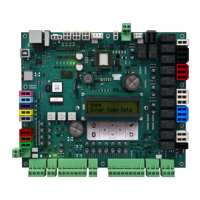
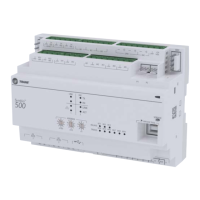

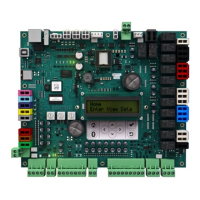
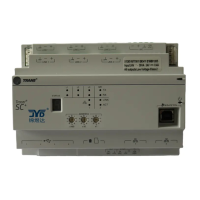


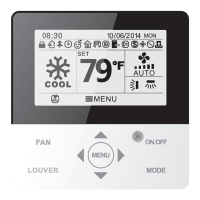
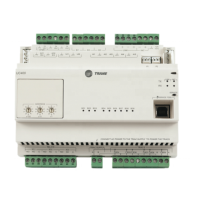
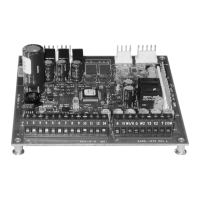
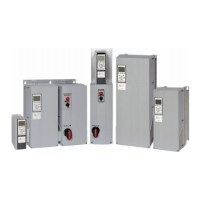
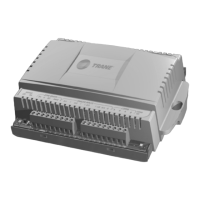
